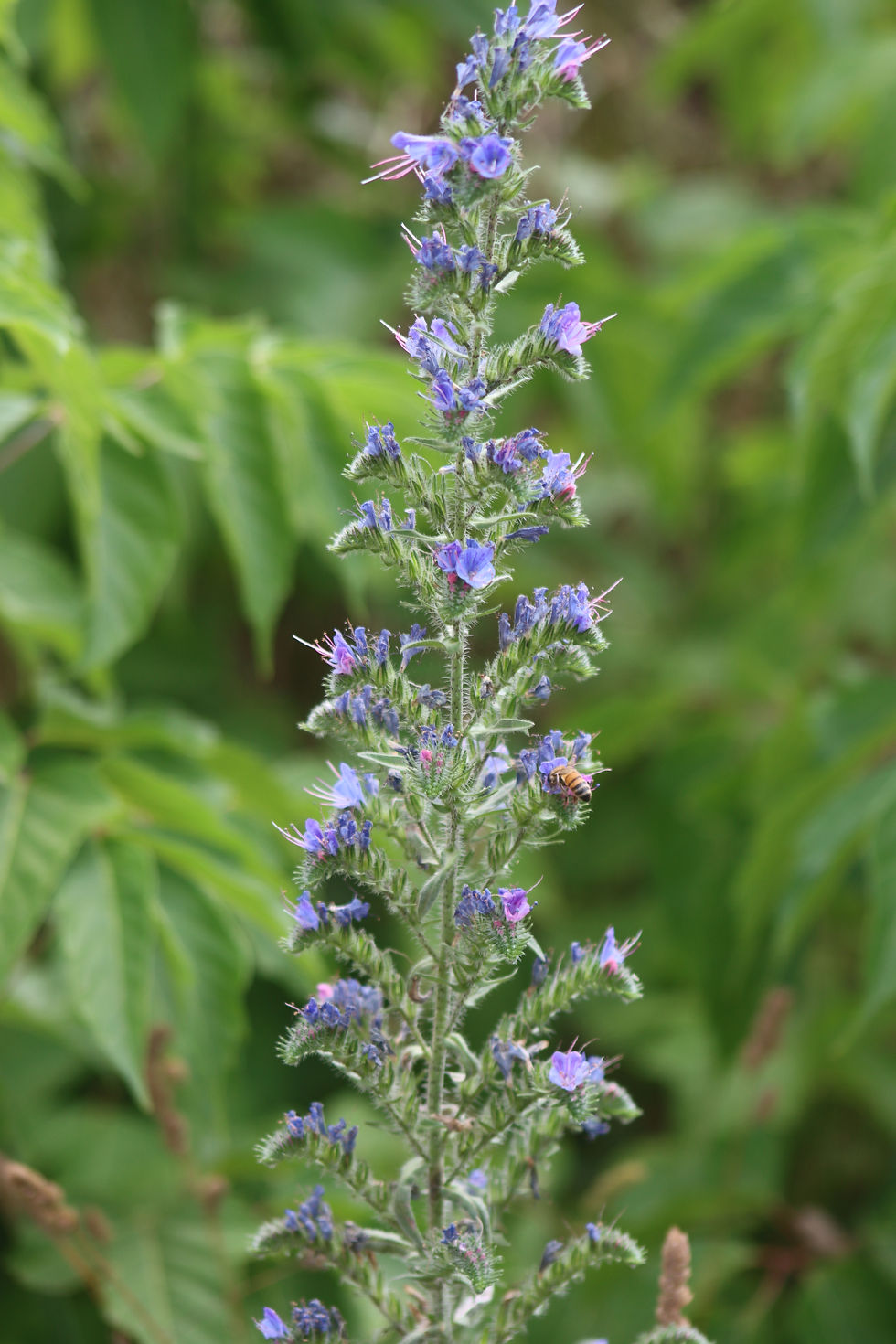Important Nectar and Pollen inputs to BEE & BERRY Honey.
- beeandberry
- Jan 1, 2023
- 1 min read
Updated: Jan 26

Tree Tea - Leptospermum
The plants of the Leptospermum genus are robust, able to survive in many environments. The environmental conditions will affect the growth rate and flowering.
Leptospermum usually has poor pollen so are mainly foraged on for nectar.
Some Leptospermums are sort after for their medicinal qualities.

Patersons Curse - Echium plantagineum
also known as Salvation Jane.
During the 70-90s was a primary source of nectar for honey production. Due to its high Honey yields of 100kg per hive.
Now it is used only as additional ground flora.
Its nectar and pollen are very nutritious for bees and are able to be stored and used for many months by the bee colony.

Viper's Bugloss
Echium vulgare
Very valuable resource for nectar and pollen very similar to Paterson's Curse.
Flowers late spring -November into January but with summer rain can extend to March.
Honey resembles Paterson Honey -pale light and good density
Pollen is of great value to bees. Excellent source of protein. It is said to produce long living Bees.

Spear Thistle - Cirsium vulgare
One of the most common thistles on the east coast.
Not a significant honey resource but utilised as ground flora.
Honey is light, pale and Candies hard and white coloured.
Bees use the pollen from the Thistle, it is poor protein but is thought to be attractive due to its fat content.

Lucerne Grass
Pollen is attractive to bees but deficient in important amino acids. Used only as additional ground flora
Different varieties yield different nectar and pollen qualities and quantities.
Comments